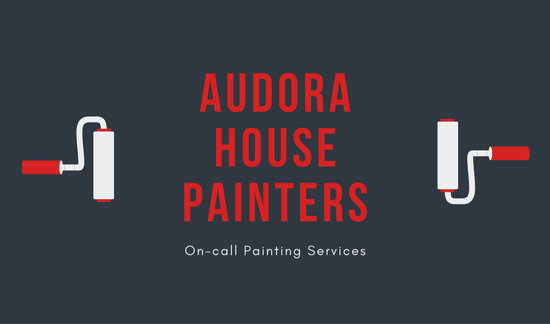Seasonal Factors To Consider For Business Outside Paint: What You Need To Know
Seasonal Factors To Consider For Business Outside Paint: What You Need To Know
Blog Article
Authored By-Regan Whalen
When you're intending a business exterior painting project, seasonal variables can make or damage your results. Recommended Reading 'll wish to consider exactly how temperature level and moisture influence paint application and drying out times. Picking the right season can guarantee your paint sticks correctly and lasts much longer. Yet which seasons are really the most effective for this type of job? Allow's discover the crucial elements that can impact your project's success.
The Influence of Temperature Level on Paint Application
When you're preparing a commercial external paint task, the temperature level can dramatically affect exactly how well the paint adheres and dries out.
Ideally, you want to repaint when temperature levels vary between 50 ° F and 85 ° F. If it's as well cold, the paint might not treat appropriately, causing problems like peeling or breaking.
On the other side, if it's too warm, the paint can dry out also quickly, protecting against proper adhesion and leading to an irregular coating.
You must also consider the moment of day; morning or late afternoon provides cooler temperatures, which can be extra beneficial.
Constantly check the producer's recommendations for the certain paint you're making use of, as they typically provide advice on the optimal temperature level variety for ideal outcomes.
Humidity and Its Effect on Drying Times
Temperature isn't the only ecological factor that affects your business external painting task; moisture plays a substantial duty also. High humidity levels can reduce drying out times substantially, affecting the general top quality of your paint task.
When the air is saturated with wetness, the paint takes longer to heal, which can lead to issues like bad attachment and a greater risk of mildew growth. If residential interior painting texas on a particularly moist day, be planned for prolonged delay times in between layers.
stellar paints to keep track of local climate condition and plan as necessary. Preferably, go for moisture degrees in between 40% and 70% for ideal drying out.
Keeping these consider mind guarantees your job stays on track and delivers a long lasting surface.
Best Seasons for Commercial Outside Painting Projects
What's the most effective time of year for your business external paint tasks?
Springtime and very early autumn are generally your best bets. Throughout these periods, temperatures are light, and humidity levels are commonly reduced, developing perfect conditions for paint application and drying.
Prevent summer's intense heat, which can cause paint to completely dry as well rapidly, resulting in inadequate adhesion and surface. Similarly, winter season's cold temperature levels can hinder appropriate drying and treating, risking the long life of your paint job.
Aim for days with temperatures between 50 ° F and 85 ° F for optimal outcomes. Keep in mind to inspect the local weather prediction for rainfall, as damp conditions can destroy your project.
Preparation around these elements guarantees your painting job runs smoothly and lasts much longer.
Verdict
In conclusion, intending your industrial external paint jobs around seasonal considerations can make a considerable distinction in the result. By organizing work during the excellent temperature levels and moisture levels, you'll ensure better bond and drying out times. Bear in mind to keep an eye on local weather forecasts and choose the right time of year-- springtime and early loss are your best choices. Taking these actions will certainly aid you attain a durable and specialist finish that lasts.
